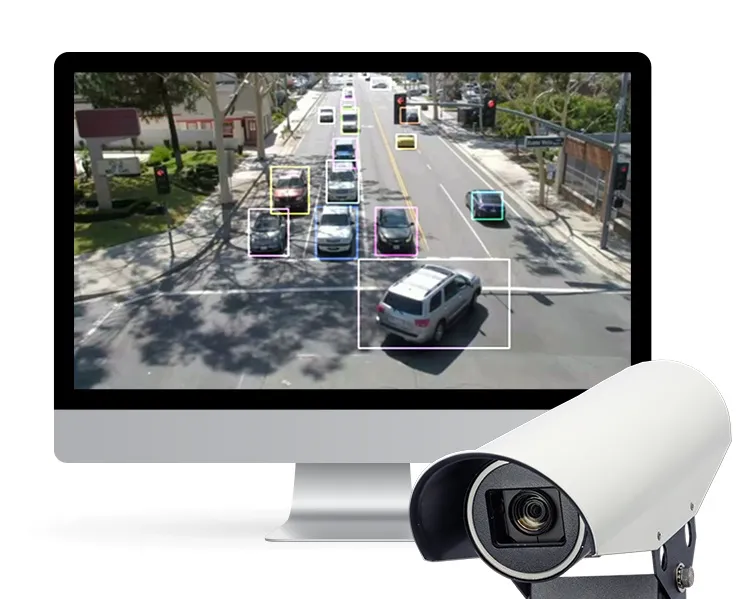Mitsubishi Electric Visual Solutions America has continued its commitment to 4K resolution with its new 56P-QF65LCU monitor. This LCD display offers QFHD (quadruple full high-definition) resolution with an 3840 x 2160 pixels, which means that more than eight megapixels are displayed on one 56-inch screen, an enormous amount of visual content on one device. The monitor allows one person to observe a wide range of data on one screen. The new QFHD monitor condenses information from a tiled display wall used
July 17, 2012
Read time: 2 mins
This LCD display offers QFHD (quadruple full high-definition) resolution with an 3840 x 2160 pixels, which means that more than eight megapixels are displayed on one 56-inch screen, an enormous amount of visual content on one device.
The monitor allows one person to observe a wide range of data on one screen.
The new QFHD monitor condenses information from a tiled display wall used in control rooms and other environments, sending them to one source for quick and accurate viewing on a single LCD panel.
Managers can streamline and supervise operations at one location on one screen for quick and efficient observation and monitoring. Sending information to this display requires only a computer or display wall processor capable of four 1080p output channels. The 56P-QF65LCU LCD monitor uses a Super MVA LCD featuring 3840 x 2160 pixels with a 50,000 hour back-light lifetime, and has two brightness modes for installation flexibility: power-saving normal (480 watts) and bright (540 watts).









